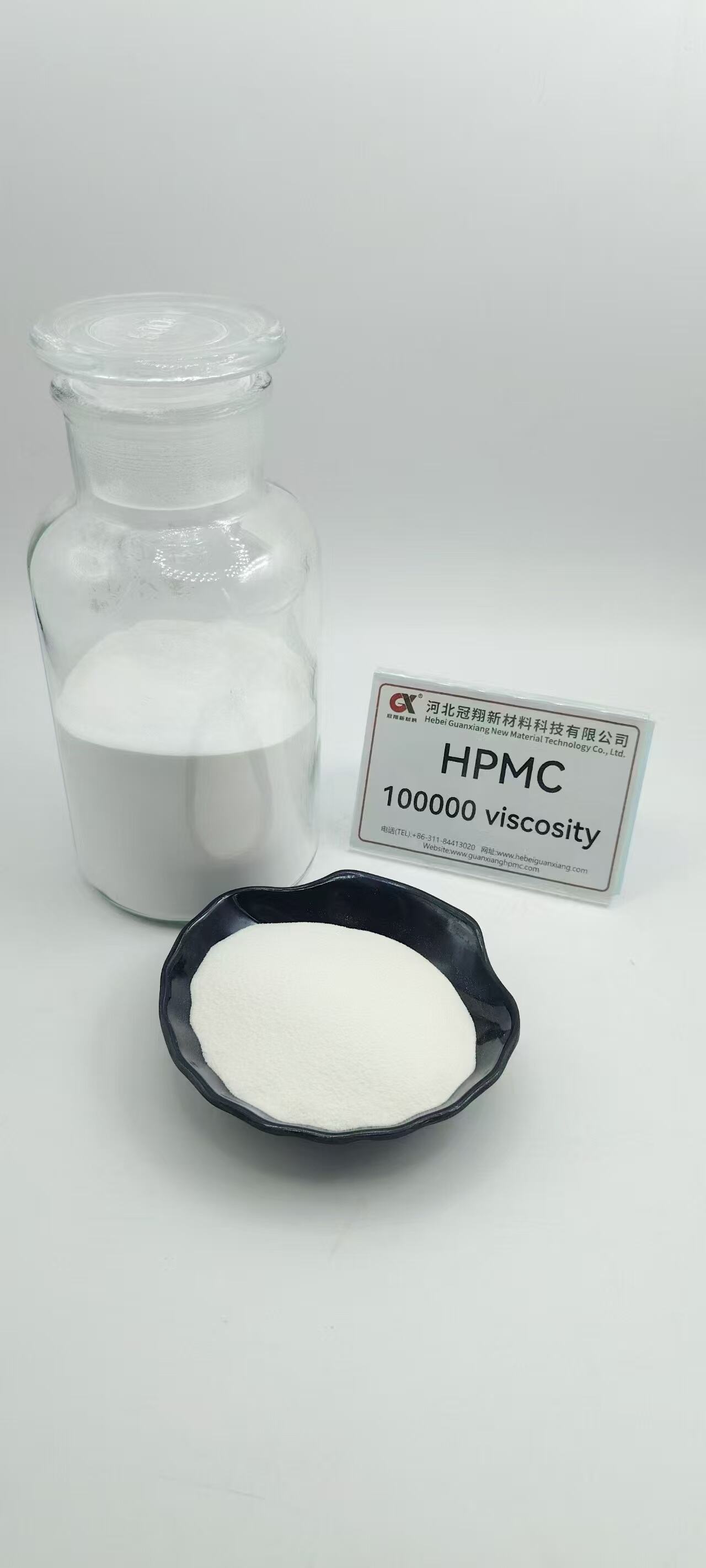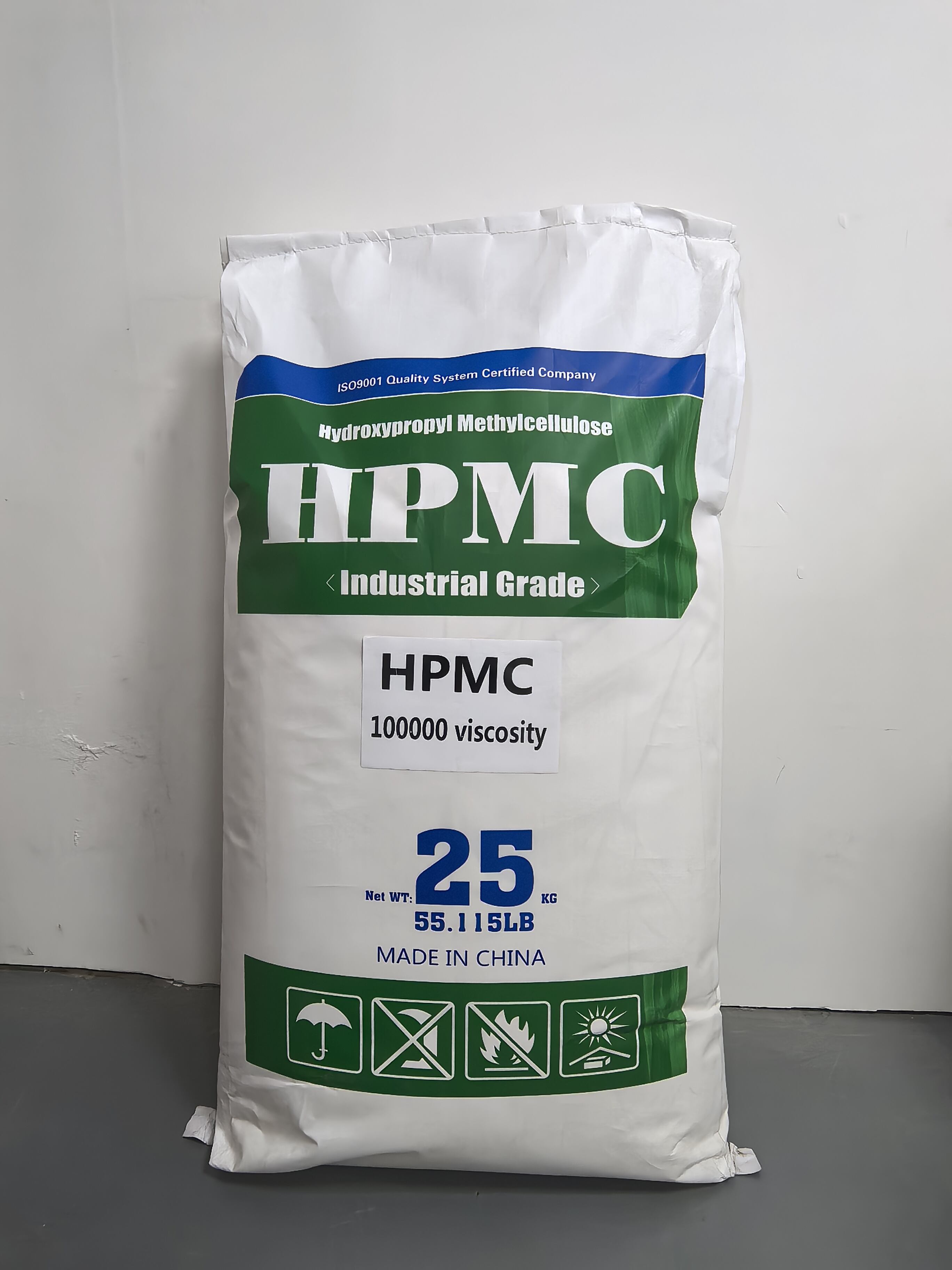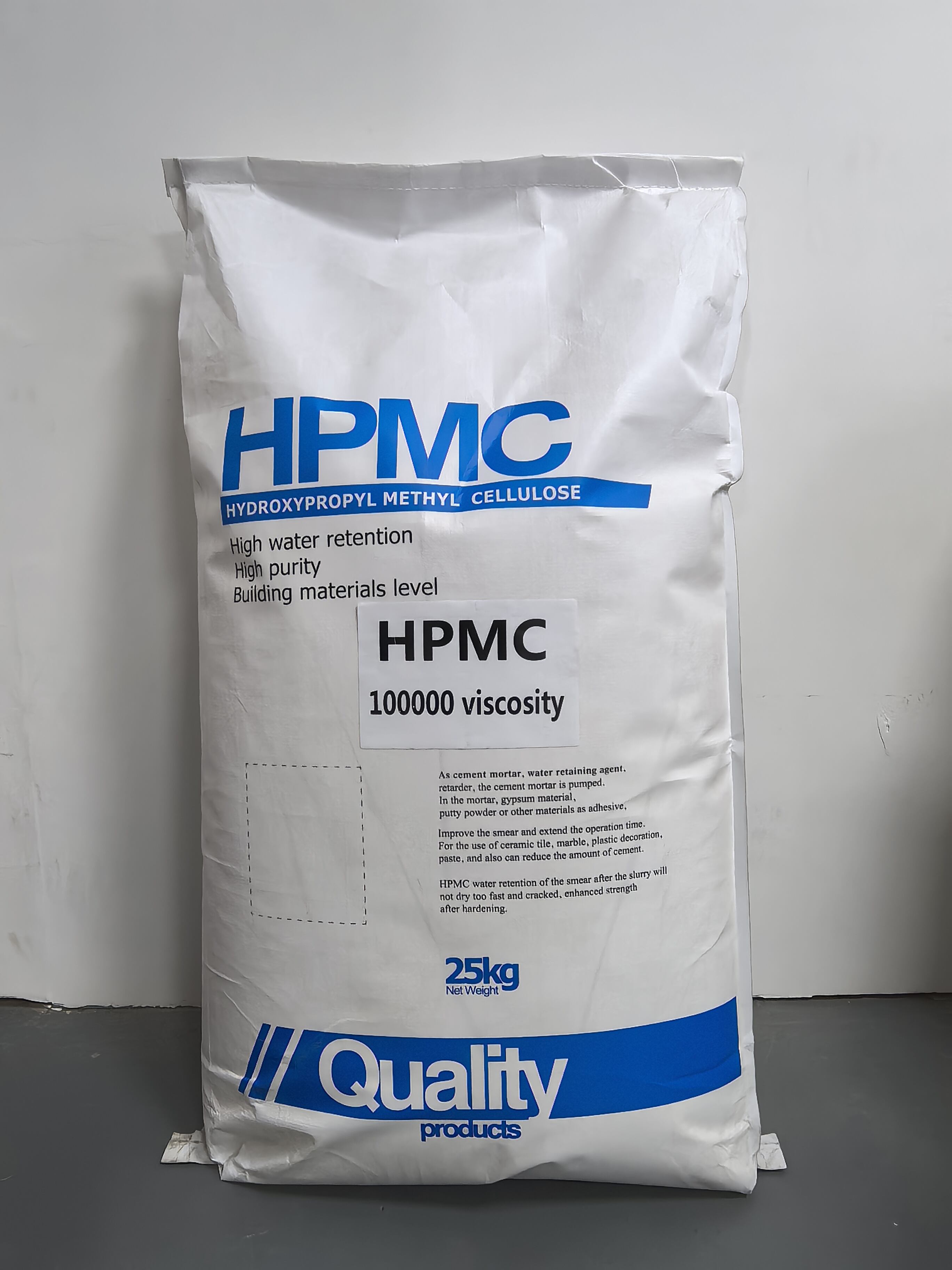hpmc powder price
HPMC powder price represents a crucial consideration in the construction, pharmaceutical, and food industries. Hydroxypropyl Methylcellulose (HPMC) powder serves as a versatile chemical compound that functions as a crucial binding agent, thickener, and film-forming material. The current market pricing reflects various factors including production costs, market demand, and quality grades. High-grade pharmaceutical HPMC typically commands premium prices due to stringent quality requirements and specialized manufacturing processes. Industrial-grade HPMC, used in construction materials and coatings, generally offers more competitive pricing options. The powder's price varies based on viscosity grades, substitution levels, and bulk quantity purchases. Manufacturers often provide different pricing tiers based on order volume, with bulk orders receiving preferential rates. Market fluctuations in raw material costs directly impact HPMC powder prices, making it essential for buyers to understand current market trends. The powder's diverse applications in sectors like pharmaceuticals, construction, food, and cosmetics create a dynamic pricing environment that responds to industry-specific demands and regulatory requirements.


